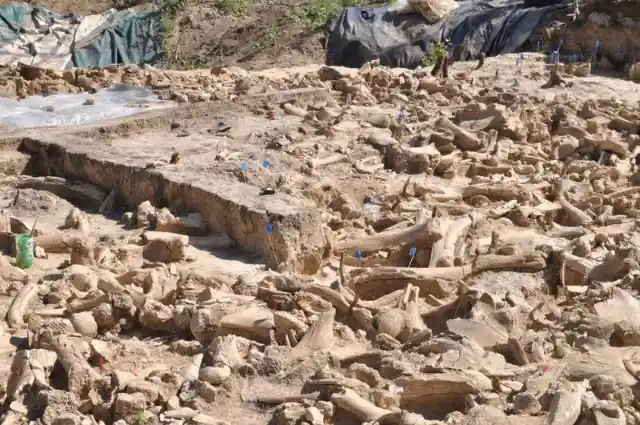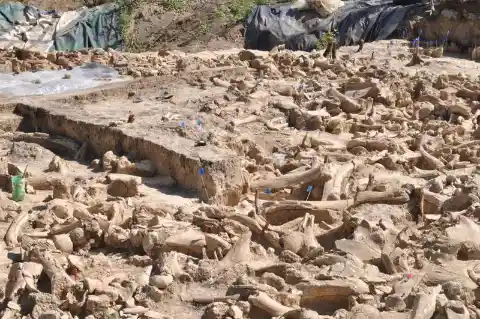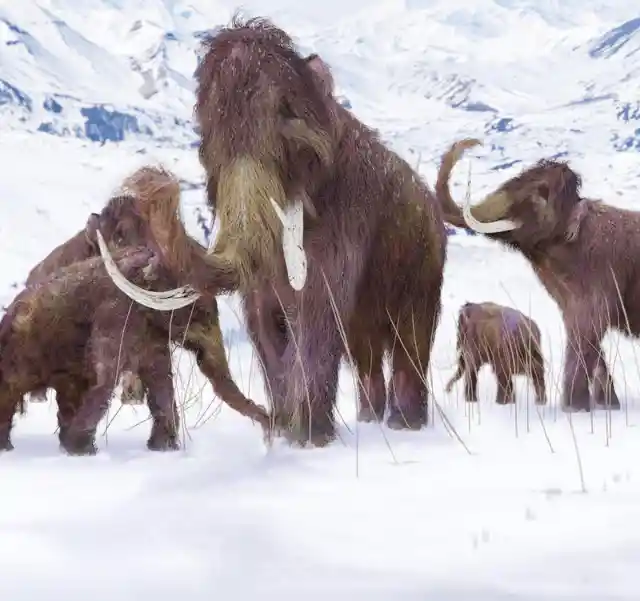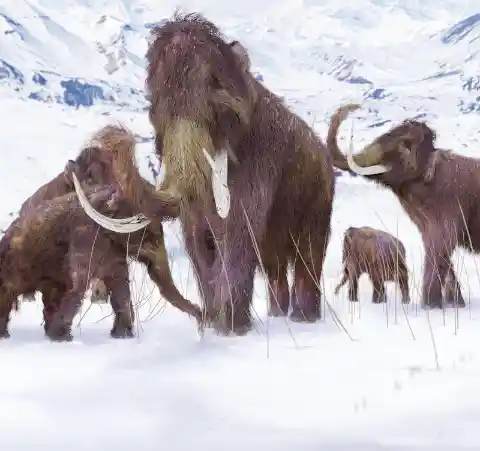Every now and then, historians and archaeology teams will come together to find some truly impressive things stored away in our world. One of the most exciting and examples of this, though, comes from the findings we locate of old mammoth species. One recent finding in Russia, though, has both astounded and boggled those who have made the finding.


These bone circles, made using the remains of mammoths, could help us understand how old Ice Age communities survived the big freeze. With 70 of the structures found across Russia and Ukraine, this is a very eerie finding.
The bones were found to be as old as 20,000 years old in some sections, while new analysis suggests it might be the oldest circular structure built by human beings in that particular part of the world.
The research team working on the findings says the bones are likely to have some form of animal graveyards, with the circle hidden by using sediment taking it around 1ft under the surface level. The majority of the bones were used to construct walls as large as 30ft, creating very impressive and durable structures.
The last Ice Age
These findings were located some 500km from Moscow in the village of Kostenki. It was teams from the University of Exeter who made the finding, and in it, they found charred wood and non-wooden plant remains within the structure.


This, they say, is proof that humans from this era were foraging, burning wood, and even using bones for fuel. It’s a deeply interesting discovery and shows us just how many people had to huddle together and work as one to find survival in such austere times.
The last Ice Age was known to have hit Europe anything from 75,000 to 18,000 years ago and reaches its coldest point around 23,000 to 18,000 years ago. The majority of communities it is believed moved on from the region, with a lack of opportunity making an exit necessary.
However, some evidently stayed back – even if they found that their existence was curbed and minimal. Still, this is interesting proof that we have a tremendous amount of learning to do about this very important time in history.
As we all get used to being part of a community and our way of life is changing due to the COVID-19 outbreak, hopefully, these findings can serve as inspiration that no matter what challenges appear, humans tend to find a way to overcome them.